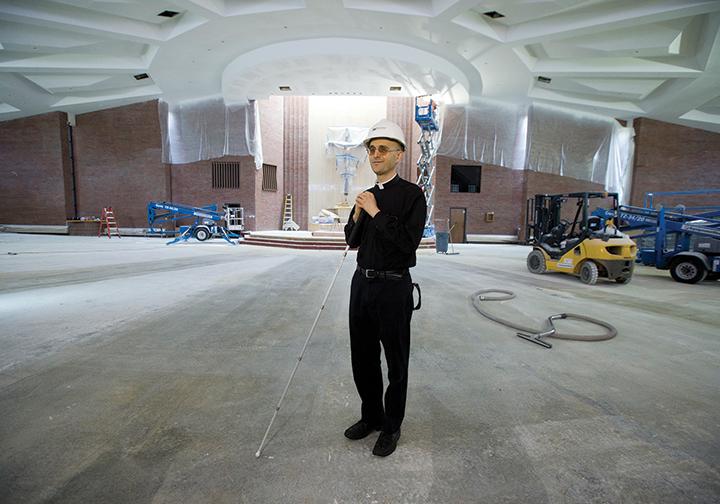
by Joe Bollig
joe.bollig@theleaven.org
KANSAS CITY, Kan. — Not all the parishioners at Christ the King Parish in Topeka were sold on the unusual nature of their fundraising campaign four years ago.
The reason? A pretty good chunk of the money wouldn’t go to their badly needed parish construction capital campaign, but rather to the archdiocesan capital campaign.
And Christ the King parishioners were not alone.
When the “One Faith. Once Family. One Future . . . in Christ” archdiocesan capital campaign was launched in the spring of 2018, 10 parishes chose the option of running a co-campaign at the same time — some of the monies raised would go to parish projects and some to the archdiocese.
Fortunately, most were open to the approach, and those that weren’t soon saw their doubts laid to rest. The dual campaign concept worked out well.
“Our parishioners were very generous and responded really well,” said pastor Father Matthew Schiffelbein. “We were a little concerned about it being combined with the archdiocesan campaign and we didn’t get to keep everything. But there seemed to be enough generosity and hunger for the project that they were really willing to step up and respond to the invitation.
“About $1.3 million [of about $3.8 million raised] went to the archdiocese,” he continued, “and the remainder stayed with the parish. I’m very happy with their response.”
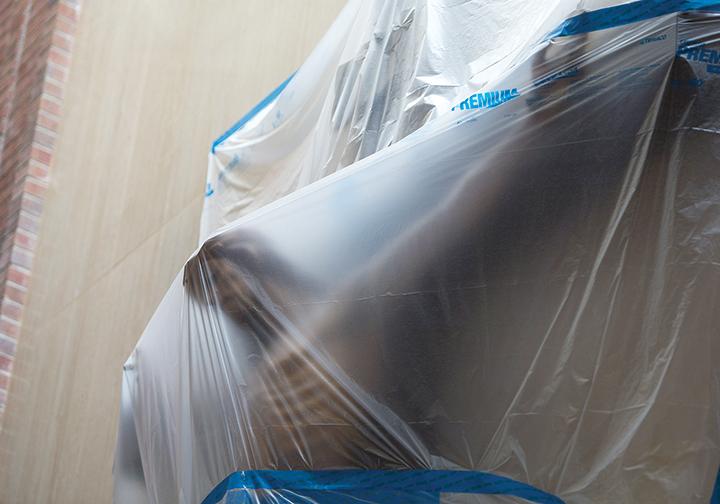
Christ the King Parish is renovating the church interior, improving the parking lot, creating a green space, making a covered drop-off area and centralized pedestrian entryway, and improving handicapped accessibility. The parking lot and outside work should be done by the end of September, and the church interior should be finished by Nov. 19.
Not a new concept
The co-campaign concept is not new. Archbishop Emeritus James P. Keleher allowed the same during the “Future Full of Hope” campaign in 2003.
“When the archdiocese set out to do the ‘One Faith’ campaign, a moratorium on parish and school campaigns was put in place,” said Bill Maloney, executive director of the archdiocesan office of stewardship and development. “No parish or school was allowed to conduct their own capital campaign during the three years the campaign would be run, or within three years of their parish conducting the campaign.
“There were several parishes that had projects on the table that they wanted to do. So, as a way to accommodate both [campaigns] . . . an option was given to run co-campaigns.”
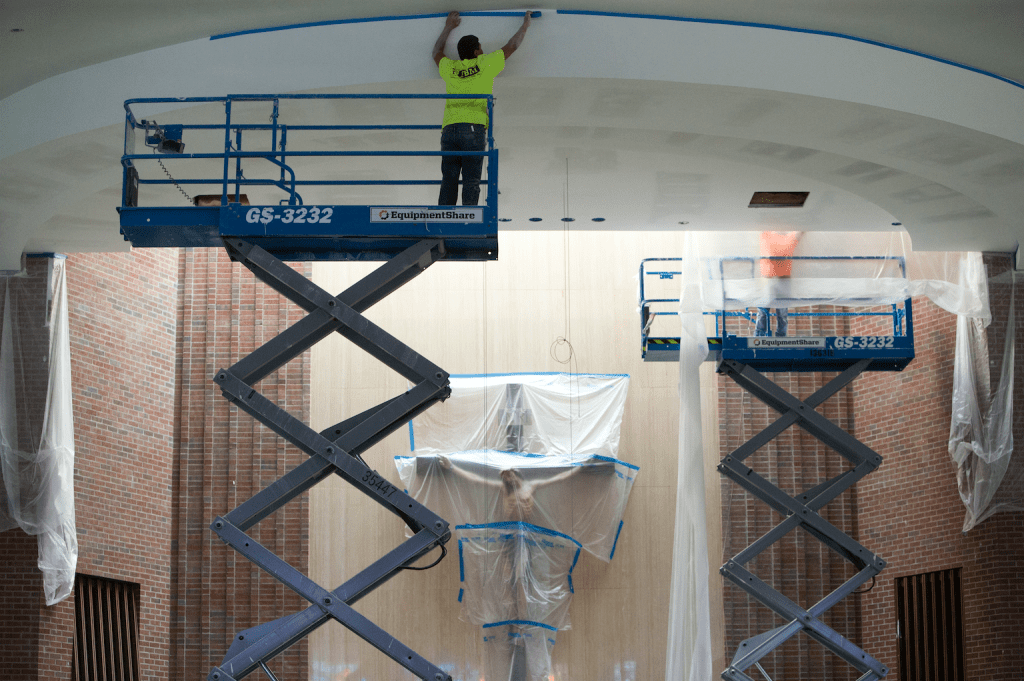
A formula was established whereby the archdiocese received a fixed percentage of the goal, a guaranteed amount, and the parish would keep the rest.
“All 10 of them succeeded by raising far and away more money because of a strong component of the parish-centered campaign,” said Maloney, who became executive director on Oct. 20, 2020. His office’s role at this point is to provide accounting of the campaign funds.
Despite reaching their goals, some of the 10 parishes have done additional fundraising for projects relating to parish infrastructure improvements.
Parishes that were allowed co-campaigns had to meet certain conditions. The projects had to be both urgent and needed. The pastor had to demonstrate parishioner support. The parish had to get archdiocesan approval for the project and the fundraising. They had to conduct a feasibility study and have professional fundraising counsel.
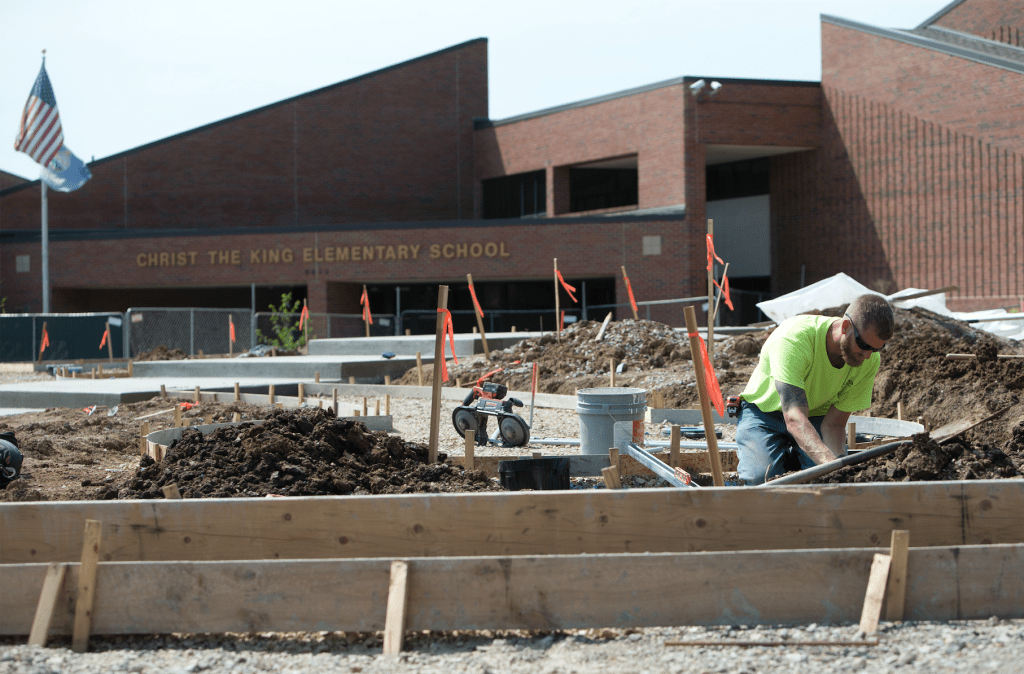
Looking over the numbers, Maloney believes that the participation rate in co-campaign parishes was higher than in parishes that simply participated in the archdiocesan campaign. He attributed this to parishioners having increased motivation to help their parish.
“It was a win-win,” said Maloney.
Jumping into the fray
It’s not easy to be appointed to a new parish in the middle of a capital campaign, much less one during a worldwide pandemic, but that’s what faced Father Nathan Haverland when he came to Most Pure Heart of Mary Parish in Topeka in July 2020.
“I came in the middle of the campaign,” said Father Haverland. “Father Greg Hammes (the previous pastor) did all the hard work, and I got to do the fun stuff. It wasn’t easy to jump into the middle of a campaign, but the people have been very supportive.”
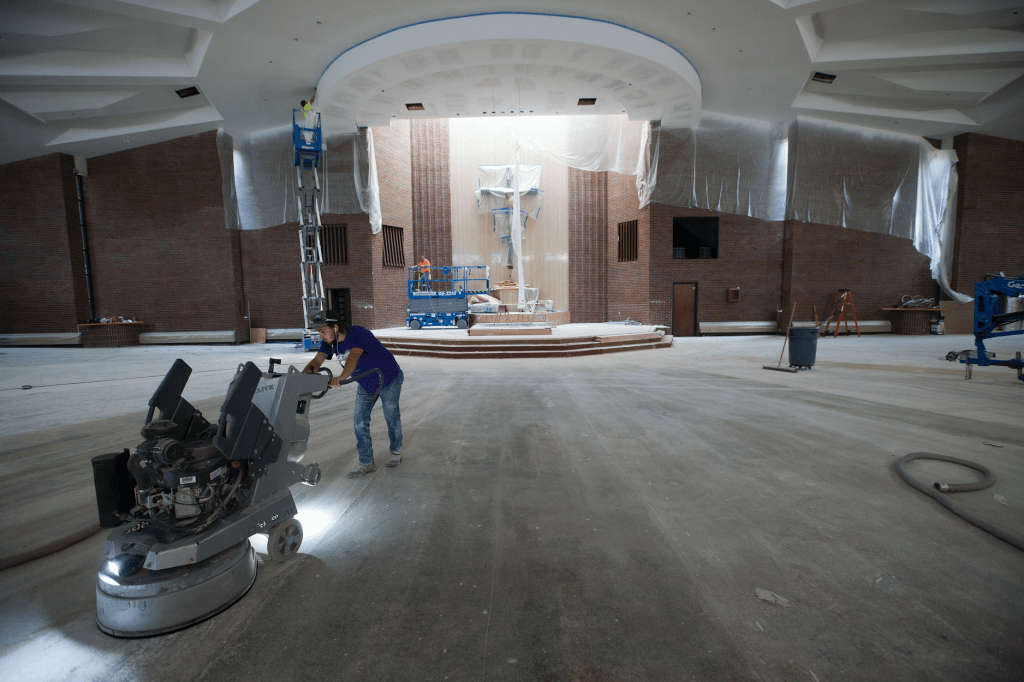
Fundraising is still ongoing at Most Pure Heart.
“So far our parishioners have given — and we have pledges remaining — $2.8 million, which is really incredible considering that came in the middle of a pandemic,” said Father Haverland. “The generosity of the people has been tremendous. One million has gone to the archdiocesan campaign. We’re still raising funds and needing funds.”
The infrastructure improvements at Most Pure Heart of Mary include narthex expansion and restroom enlargement to the church, a large outdoor gathering area, handicapped parking and security upgrades to the school.
“We are about one to two months into construction, and it will be completed roughly at the end of the year,” said Father Haverland. “Now, we’ll begin to see a lot of progress as the steel [frame] begins to be erected and the structure takes shape. The shell of the structure will be seen soon.”
The co-campaign worked because people gave generously, but is this the best way to raise funds for projects? It seems the answer is: “It depends.”
“Ideally, you separate them, because it’s easier to support one cause and harder to support many,” said Father Haverland. “But I know why we did it this way.
“It is hard [for parishioners] to fundraise and see half the money go to another project, even though the projects are good. But I see the reason behind it.”






